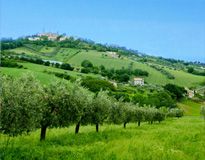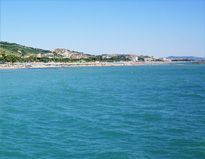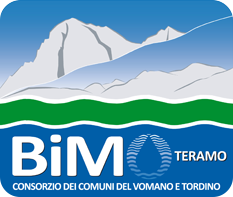

This itinerary departs from Guardia Vomano, fraction of Notaresco, where you can visit Abbazia of San Clemente, reopened recently after restauration.
The structure goes up to the XI century and it is composed by three aisles that conduct to the presbytery where there is a valuable ciborium carved by Roberto of Roger in the XII century (it is the most ancient present in Abruzzo).
Taking the S.S. 150 you reach the crossroad that brings you to Canzano where there is San Salvatore of Canzano abbey of the XII century. It is a Benedictine structure of Romanesque age but it has more ancient origins. The restaurations effected have almost entirely modified the native plant, so it is difficult to establish with certainty the epoch of its construction. The present capitals on the façade with the symbols of the four evangelists and her "starry cross" above the entry allow you to hypothesize the intervention of Lombard workers during the construction. Inside you find three aisles that conducts to a great apsis. The church is also called "Cappella Scrovegni" of Abruzzo and it is famous for been the place in which there are different frescos, among which there are detach the paintings of the '300 attributed of Offida master”, situated under the aisles that represent the Presentation of the Temple, the last Supper, the Annunciation and the Crucifixion.
Now you should go toward Isola del Gran Sasso through S.S. 150. Shortly after you can see on the left the profile of Santa Maria di Ronzano that is considered the most beautiful example of Romanesque present in Abruzzo. In the presbytery there are stupendous painted of 400 illuminated by the light that enters from the circular window on the façade. Anciently the church belonged to a Benedictine monastic complex.
Our itinerary concludes to the feet of Gran Sasso, in the proximities of Isola del Gran Sasso, where there is San Giovanni ad Insulam (it also famous with the name of San Giovanni del Mavone).
Built around the XII century it is a beautiful example of Abruzzo Romanesque-Gothic architecture. On the portal there are decorations that represent lions appear, doves but also dragons, typical of the medieval imaginary. The inside strikes with its complex structure and its variety of forms. In the apse you can admire a Four hundred fresco that shows Christ in the almond between the Virgo Maria and San Giovanni Battista with Jesus child.
 en
en 













